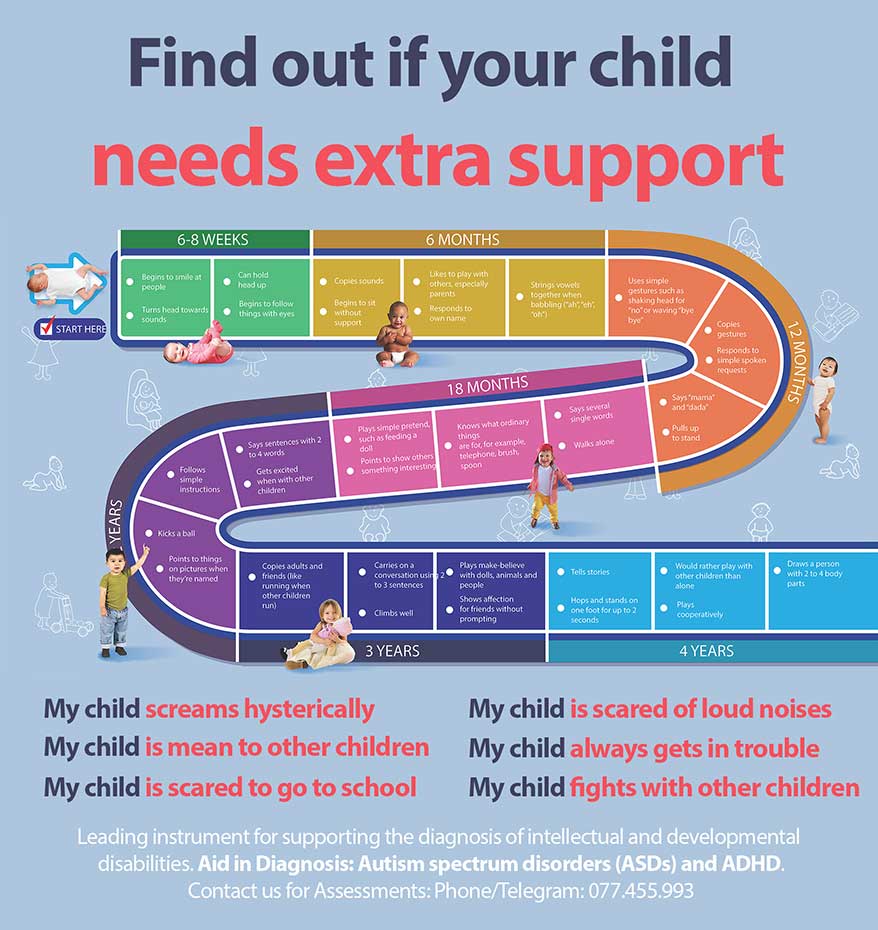The Vineland Adaptive Behavior Scales, Third Edition (Vineland-3) is a comprehensive assessment of adaptive behavior for children and adults ages 0-90 years. Adaptive behavior refers to the skills a person needs to live independently and participate in the community. The Vineland-3 is used to assess adaptive behavior in four domains: communication, daily living, socialization, and motor skills (optional).
Uses of the Vineland-3:
The Vineland-3 can be used for a variety of purposes, including:
- Diagnosis: The Vineland-3 can be used to diagnose intellectual disabilities and other developmental disabilities.
- Eligibility: The Vineland-3 can be used to determine eligibility for services such as early intervention, special education, and vocational rehabilitation.
- Intervention: The Vineland-3 can be used to identify specific areas of adaptive behavior that need to be addressed in intervention planning.
- Progress monitoring: The Vineland-3 can be used to track a person’s progress over time in adaptive behavior.
Administration and scoring:
The Vineland-3 can be administered to parents, caregivers, or teachers. It is a semi-structured interview, meaning that the examiner asks a series of questions about the person’s adaptive behavior skills. The examiner also observes the person’s behavior during the interview.
The Vineland-3 is scored on a scale of 0 to 3, with higher scores indicating higher levels of adaptive behavior. Scores can be reported for individual items, subdomains, domains, and a total adaptive behavior composite.
Interpretation of results:
The Vineland-3 results should be interpreted in the context of the person’s age, developmental level, and cultural background. The results can be used to identify specific areas of adaptive behavior that need to be addressed in intervention planning. The results can also be used to track a person’s progress over time in adaptive behavior.
Benefits of using the Vineland-3:
The Vineland-3 is a well-respected assessment of adaptive behavior. It has been widely used in research and clinical practice for many years. The Vineland-3 is also well-normed, meaning that the scores can be compared to other children and adults of the same age and developmental level.
The Vineland-3 is a valuable tool for assessing adaptive behavior in children and adults. It can be used for a variety of purposes, including diagnosis, eligibility, intervention planning, and progress monitoring. By following the tips above, you can ensure that you are using the Vineland-3 in a way that is accurate and beneficial.
The Vineland Adaptive Behavior Scales, Third Edition (Vineland-3) is a comprehensive assessment of adaptive behavior for children and adults ages 0-90 years. Adaptive behavior refers to the skills a person needs to live independently and participate in the community. The Vineland-3 is used to assess adaptive behavior in four domains: communication, daily living, socialization, and motor skills (optional).
Uses of the Vineland-3:
The Vineland-3 can be used for a variety of purposes, including:
- Diagnosis: The Vineland-3 can be used to diagnose intellectual disabilities and other developmental disabilities.
- Eligibility: The Vineland-3 can be used to determine eligibility for services such as early intervention, special education, and vocational rehabilitation.
- Intervention: The Vineland-3 can be used to identify specific areas of adaptive behavior that need to be addressed in intervention planning.
- Progress monitoring: The Vineland-3 can be used to track a person’s progress over time in adaptive behavior.
Administration and scoring:
The Vineland-3 can be administered to parents, caregivers, or teachers. It is a semi-structured interview, meaning that the examiner asks a series of questions about the person’s adaptive behavior skills. The examiner also observes the person’s behavior during the interview.
The Vineland-3 is scored on a scale of 0 to 3, with higher scores indicating higher levels of adaptive behavior. Scores can be reported for individual items, subdomains, domains, and a total adaptive behavior composite.
Interpretation of results:
The Vineland-3 results should be interpreted in the context of the person’s age, developmental level, and cultural background. The results can be used to identify specific areas of adaptive behavior that need to be addressed in intervention planning. The results can also be used to track a person’s progress over time in adaptive behavior.
Benefits of using the Vineland-3:
The Vineland-3 is a well-respected assessment of adaptive behavior. It has been widely used in research and clinical practice for many years. The Vineland-3 is also well-normed, meaning that the scores can be compared to other children and adults of the same age and developmental level.
The Vineland-3 is a valuable tool for assessing adaptive behavior in children and adults. It can be used for a variety of purposes, including diagnosis, eligibility, intervention planning, and progress monitoring. By following the tips above, you can ensure that you are using the Vineland-3 in a way that is accurate and beneficial.
Find out if your child needs extra support today!
- My child screams hysterically
- My child is mean to other children
- My child is always worried
- My child is scared to go to school
- My child is scared of loud noises
- My child doesn’t know how to read
- My child is scared to play outside
- My child does not respond to his name
- My child always gets in trouble
- My child fights with other children
- My child doesn’t know how to count
If you are concerned about your child’s development, contact us for Assessments: Phone/Telegram: 077.455.993 – Telegram Link: https://t.me/OrbRom
If you are concerned about your child’s development, contact us for Assessments.
Phone/Telegram: 077.455.993 Link: https://t.me/OrbRom






Leave A Comment